If you’re reading this, chances are you know that Sonic has a long, storied history in fan games. So much so, that the Sonic community has managed to keep an online event devoted to them - the Sonic Amateur Game Expo, or “SAGE” - going for more than two decades. That event, which is currently ongoing as of this review’s publication, has played host to some absolute bangers over the decades.
Thousands of Sonic fans have cut their game design teeth building their own projects starring the blue blur over the decades. This has given rise to some truly impressive and unique experiences, that simply wouldn’t exist without the passion that Sonic fans have in abundance.
The game I’m talking about here feels like the culmination of this legacy. Noah Copeland’s Sonic Triple Trouble 16-bit isn’t just a well-made fan game. It is the most impressive fan game I’ve ever played, and one of my favorite Sonic games - period.
Sonic Triple Trouble 16-bit is a game that, on the surface, doesn’t seem particularly special. It’s a classic-styled 2D Sonic fan game, seeking to re-imagine an 8-bit game - originally made exclusively for SEGA’s Game Gear - with 16-bit visuals. There are many fan projects out there that fit one or both of those criteria. But what ultimately sets 'STT16' apart from any other fan game I’ve played is the ethos that seems to permeate every pixel and line of code: "What is the player expecting to happen? Do that, and more".
Ever wonder how Sonic lost the emeralds after S&K?
For instance: you will discover very quickly that this is not simply a 16-bit remake of Triple Trouble. Instead, the game reworks the game's plot into more of a direct sequel to Sonic 3 & Knuckles - opening with a brief cinematic/tutorial in a new, original area. The tutorial ends in a climactic battle between Super Sonic, Super Tails and a fully-rebuilt Death Egg Robot.
The entire sequence is very cinematic, ending with Sonic (again) losing the Chaos Emeralds. Dr. Eggman steals one and escapes as the rest of the Emeralds are teleported away. Sonic and Tails give chase, as the camera slowly shifts back to reveal Nack the Weasel/Fang the Sniper (you can change his name in Options), who laughs just before an epic music sting as the game’s name appears on screen.
At the start of the first proper level, Great Turquoise, it again seems like this is going to just be a visual upgrade of the original stage. You start out in an area full of trees topped with spring pads, and you quickly run into familiar-looking enemies. But it quickly becomes apparent that this game sees its source material as more of an inspiration, than anything that needs to be emulated too closely. The level design quickly diverges, introducing new mechanics and gimmicks - like bungee cords that launch you upwards, giant flowers that shoot you around the level, and boulders that get pushed upwards by water spouts. On top of that, the stage layout is significantly improved, providing an experience that flows better and faster.
The bosses that cap the end of almost every act also took me off guard - at least, at first. First, there are the Act 1 bosses: Nack the Weasel and Knuckles the Echidna, who both take turns in causing you trouble. Rather than being relegated to side-attractions as they were in the original game, they now play a much larger role, creating a proper “Triple Trouble.”
While Nack’s boss fights are inspired by ones from the original’s special stages, Knuckles’ boss fights are mostly original. In the original game you only ever got to fight him once, in an Eggman contraption, but here you get fight him in a round of fisticuffs, twice. This not only fulfils something I’d been wanting to do in the original since I was a kid, it also delivers what are easily the best Knuckles fights ever made.
Then, there are the end-level bosses. As you reach the end of Great Turquoise, you encounter a familiar face: Tart Turtle. At first, the battle plays as expected - it flies back and forth through the air, and ascends after it takes a couple of hits. Then, once you follow, you discover that… wasn’t the actual boss. You're instead greeted with an absolutely massive version of the original boss, with brand new attacks and weaknesses. And this sets the tone for every single boss going forward: bigger, better, and (mostly) original.
As the game goes on, it delivers surprise after surprise. Sunset Park Act 3 is now practically a proper level, with loads of cool, cinematic moments! Meta Junglira’s swampy jungle quickly gives way to a temple environment in its second act, complete with original design elements! Act 2 of Robotnik Winter starts with an awesome, into-the-screen snowboarding sequence based on visuals from Mickey Mania! There’s even a brand new level, some super impressive level transition sequences, and brand new boss fights involving Metal Sonic that are easily the most impressive boss fights the character has ever been attached to!
STT16 even expands on the Sonic franchise power-ups in some interesting ways, bringing in the homing attack shield from 3D Blast and the snowboard from the original Triple Trouble. Both of these power ups are worked in very effectively, and the snowboard power-up is easily the best implementation of a board that I’ve ever played in a Sonic game, because it can not only be used throughout much of the level it’s in, it’s also good to use against the end level boss.
Simply put, every aspect of STT16’s design shines. Every level flows incredibly well, offering just the right combination of adrenaline and challenge that even the best Sonic games can struggle to delivery consistently. All of the bosses are satisfying to fight. The special stages, which emulate the sprite scaling techniques from the Genesis/Mega Drive rail shooter Panorama Cotton, are incredibly fun, and utilize a smart design decision that allows you to do use lives to retry, making them far less frustrating to memorize. There’s also some wildly cool attention to detail: the game actually brings in some elements introduced in the original Triple Trouble, such as characters being able to skip across bodies of water, Sonic being able to do a special, starry version of the super peel-out, and Sonic being able to re-curl mid-jump, which can then be used to charge up a drop dash! Anything I’d want to see from an STT remake is here.
Since I am a loss for anything negative to say in this part of the review, I might as well talk about the closest thing this game has to a low point: Act 2 of Tidal Plant. Much like the other Act 2s in this game, Tidal Plant’s second act changes things up by becoming a slower based side scrolling shooter that takes place exclusively in the Sea Fox. In the original STT, the Sea Fox was just a cool power up, so it’s incredibly cool seeing it brought back in this way. Unfortunately, the stage isn’t quite as fun as the rest of the game, though it is still quite cool, especially after the mid-act twist. It also leads into the game’s climax, as well as it’s final twists!
While I intend to leave the final parts of the game unmentioned here, I will say this: the finale is epic. The final bosses are the best in the game, and some of the best I’ve played in a Sonic game, period. I appreciate the changes made to the original STT’s story here, especially in regards to Knuckles’ involvement. Beating the game with all the emeralds is more than worth it, as you are in for an absolute treat!
The game’s got more going for it than just superb design, though. This game sought to replicate what it would be like if STT was a new Sonic game released in 1995, and it does this incredibly well! Visually, STT16 essentially looks like a high-end Genesis game, pulling off all sorts of awesome sprite scaling tricks that could be found in the most visually impressive Genesis games of the time. I’ve already referenced the tricks taken from Panorama Cotton and Mickey Mania, but there are also some wild 3D persepective tricks used for background elements and ceilings.
All in all, the attention to detail in these replicating these visuals is astounding, and it makes this game feel like a compilation of all of the Genesis’s greatest visual hits. I’m sure this is something any retro game fan will appreciate. The game even has an option to let players play the special stages in 20 FPS, something SEGA’s 16-bit console would have needed to do at the time.
Then we have the music, and... goddamn. Noah Copeland and the other composers he worked with limited themselves to the Genesis’ sound tech, and they made them absolutely sing. The music was always a highlight in Sonic’s Game Gear games and the original STT was no exception, so they had good source material to work with. Nevertheless, Copeland and his team took a solid soundtrack and turned it into something that’s positively amazing to listen to. For Metal Sonic, they even utilized motifs from his Sonic CD and Sonic the Fighters themes. That stuff was originally composed for far better sound hardware, and it frankly has no business sounding this good here. Yet, I think STT16 might actually have my favorite Metal Sonic theme.
Finally, we have the extras. Again, Copeland takes things further than I was expecting, and executes it wonderfully. Knuckles has his own campaign, unlocked after the main game is completed, complete with some original level design. On top of him, both Nack and Metal Sonic are also playable, because why not? STT16 also has a whole competition mode, complete with not one, not, two, but three different game play styles. Oh, also, the competition mode has a story campaign for Sonic, Tails, Knuckles, and Nack. This story mode is conveyed through character portraits and dialogue boxes. Because, again why not?
As a general rule, I like to go easier on fan games versus official products, since they are both free and purely works of passion. I expect them to be a little rougher, a little less polished, and so on. STT16, frankly, doesn’t need that handicap. It is a superb, polished, incredibly well-designed experience, the likes of which I’ve never experienced in the realm of fan games before.
It is, as I said in the first paragraph, a triumph. A triumph for Copeland and his team. A triumph for fan games. A triumph for the Sonic community.
One thing I’ve always loved about Sonic fans is there ability to turn their love and passion into incredible works, whether it’s art, games, music, or fiction. It’s not always great, and it doesn’t need to be great because that’s not the purpose of fan works. But it is incredible how often this stuff can be great, and Copeland’s Sonic Triple Trouble 16-bit is the latest and greatest testament to what this community can do. Noah Copeland spent five years of his life on this game, and it absolutely shows.
Copeland and the rest of his team deserve a bright future in game design. Whether it’s Sonic-related or not doesn’t matter. Copeland has already confirmed that he wants to make another game, now that STT16 is done. We should all be looking out for what he does next, because it’s going to be great.
You can download the latest version of Sonic Triple Trouble 16-bit from SAGE 2022 here, or GameJolt here.










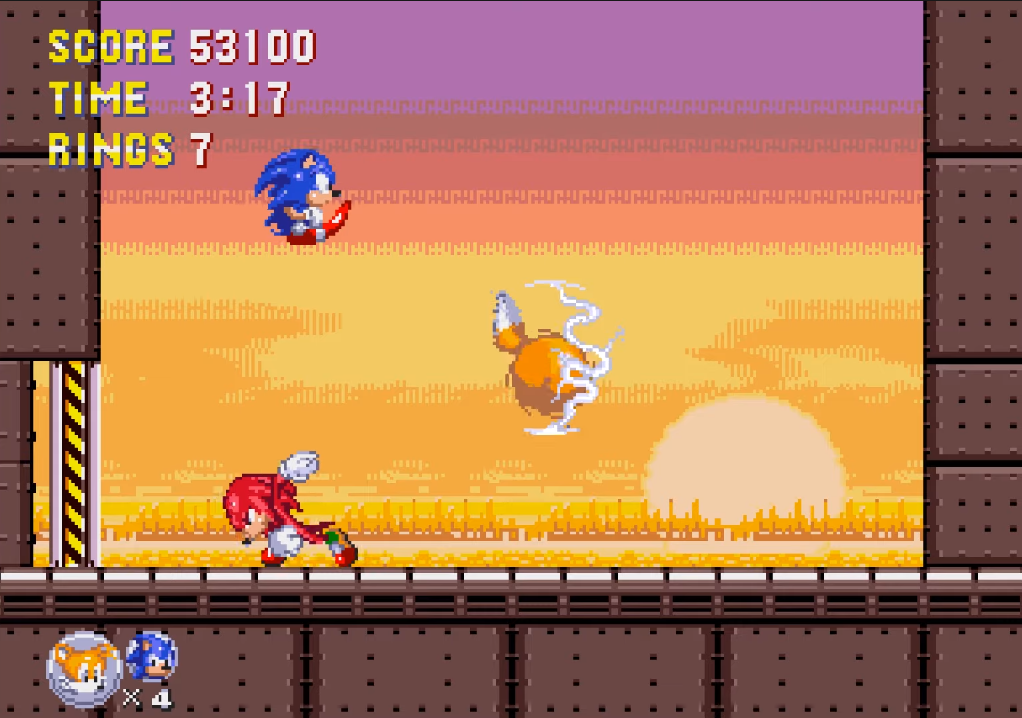



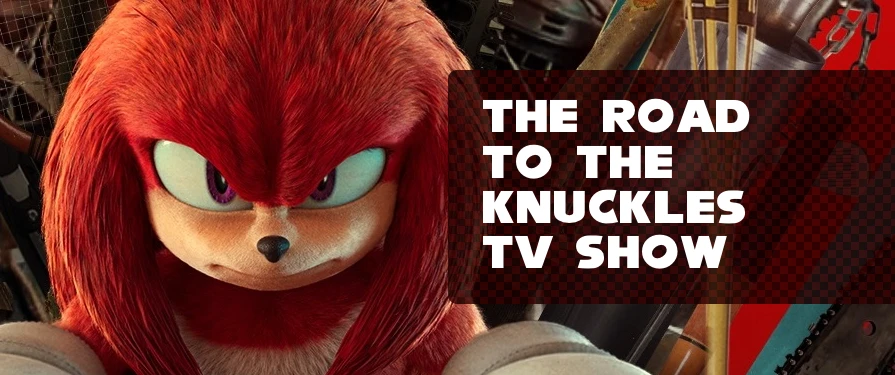
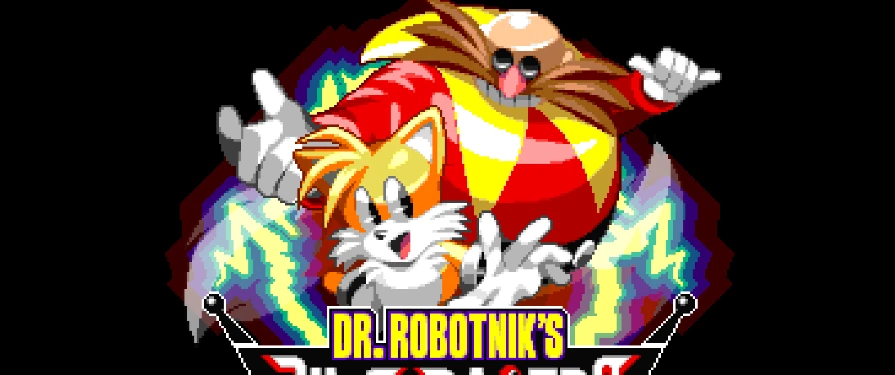
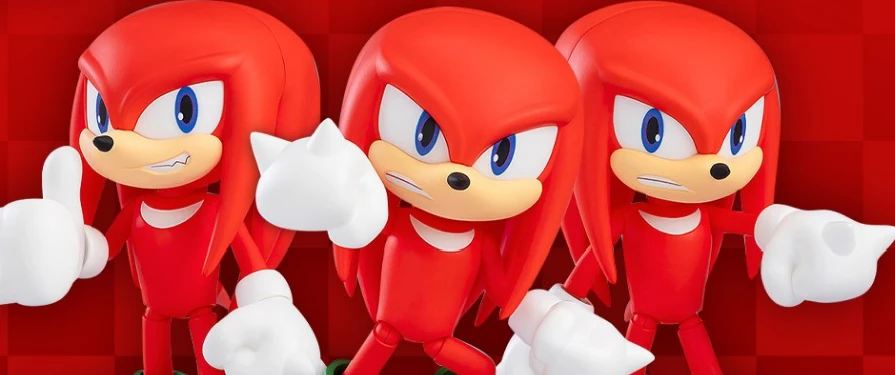

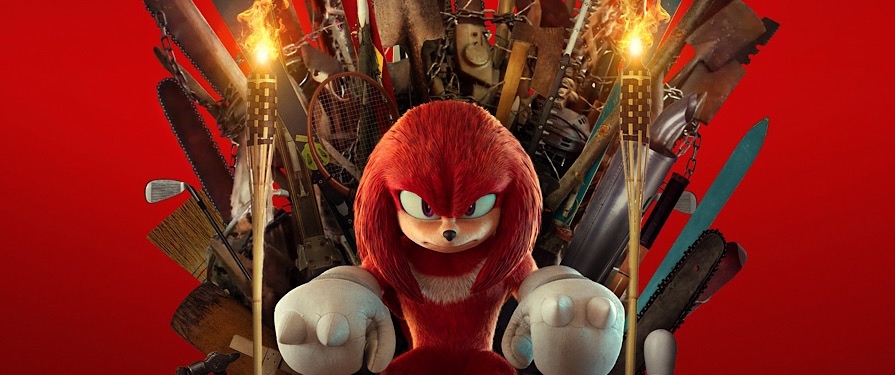
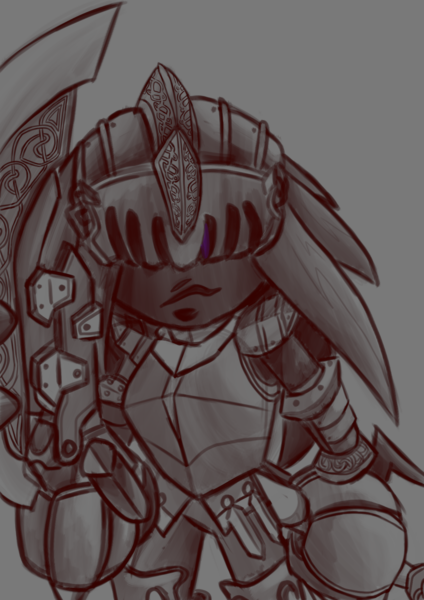
![Amy and Cream [RaffP]](https://www.sonicstadium.org/uploads/monthly_2024_04/small.1.png.76beb1b8a493958e38b8ff9276f437b4.png)
![Sonictchi V1 [RaffP]](https://www.sonicstadium.org/uploads/monthly_2024_04/small.2.1.png.70291139c93b15550e544a525ed1896b.png)
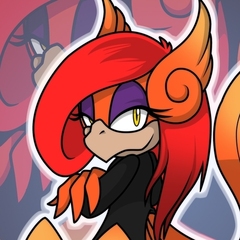
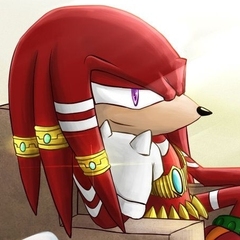


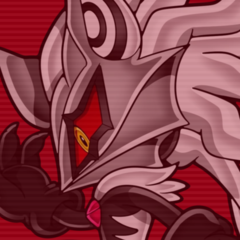
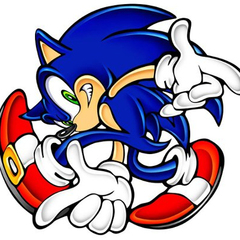

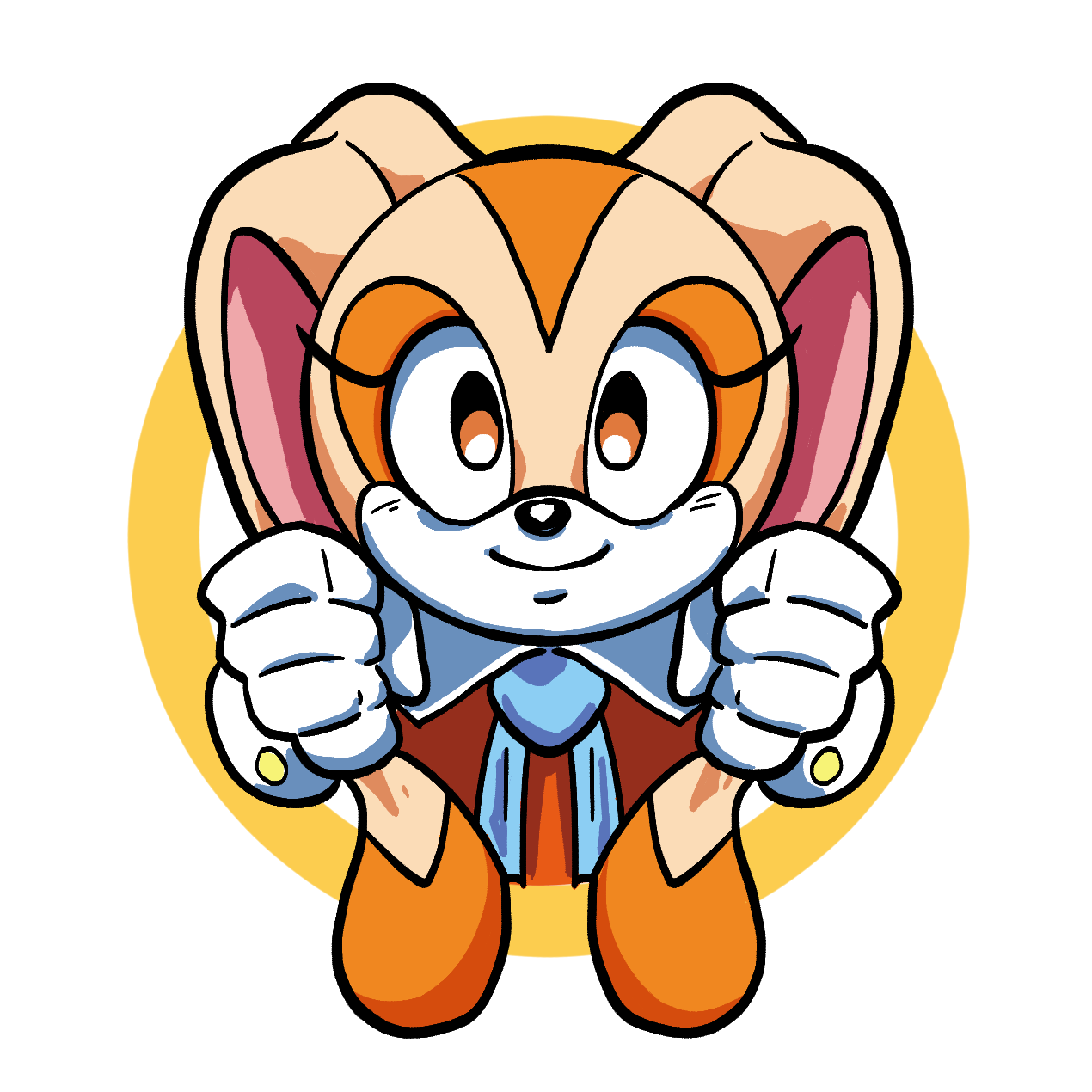
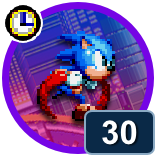

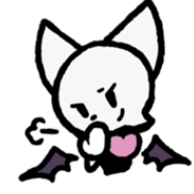
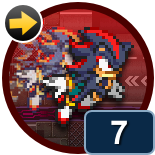
Recommended Comments
There are no comments to display.